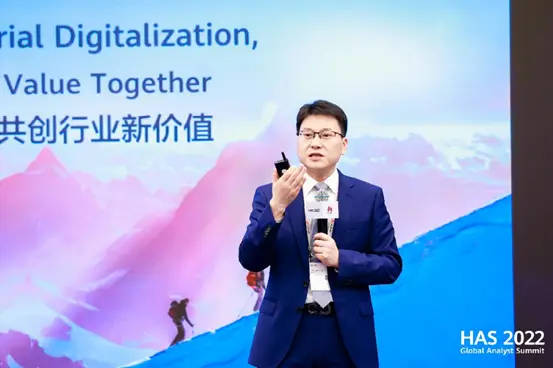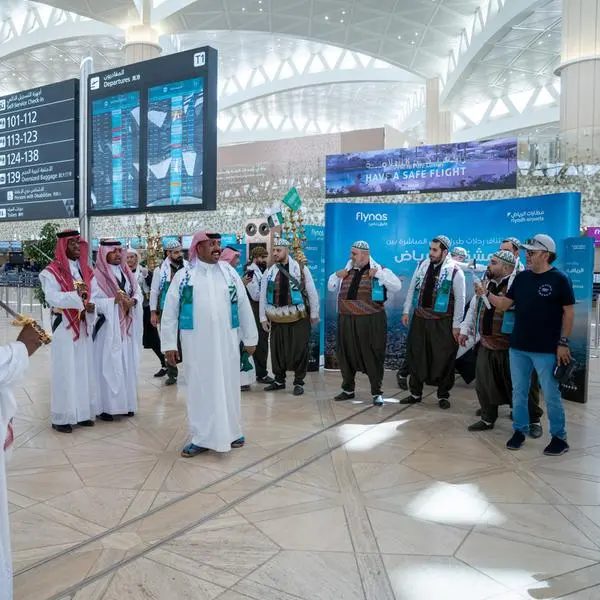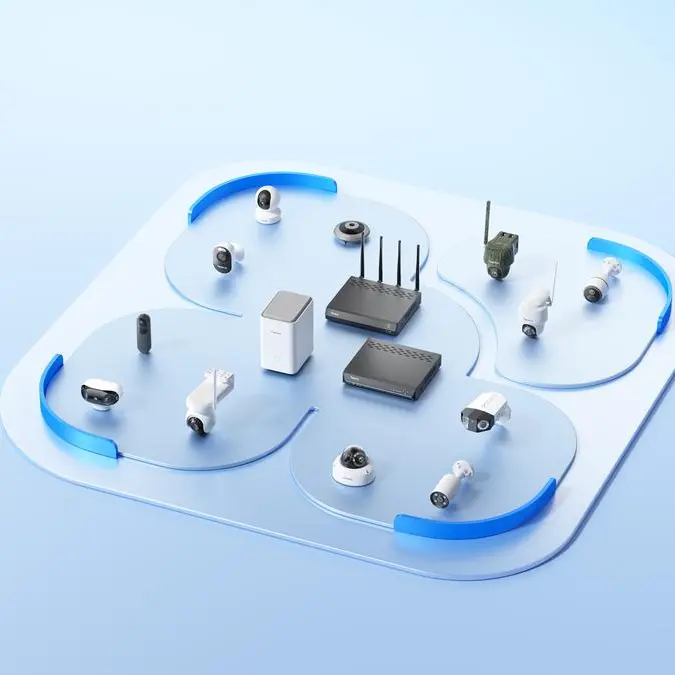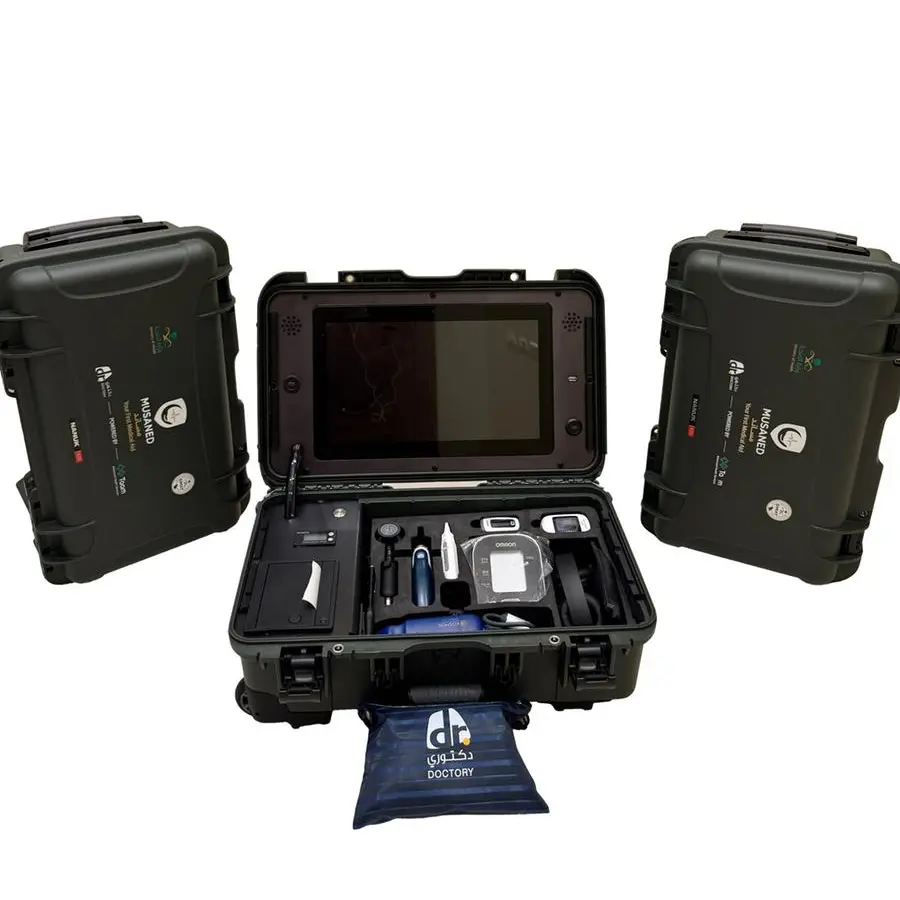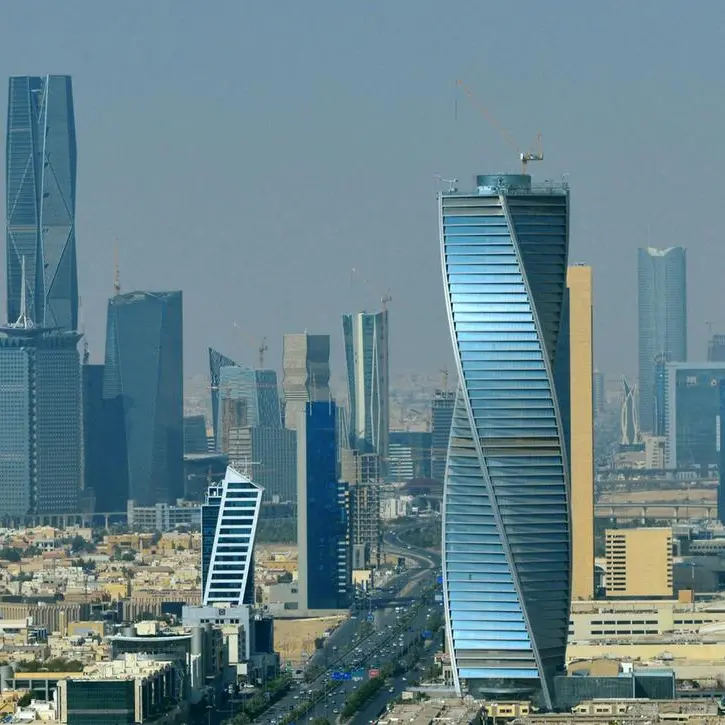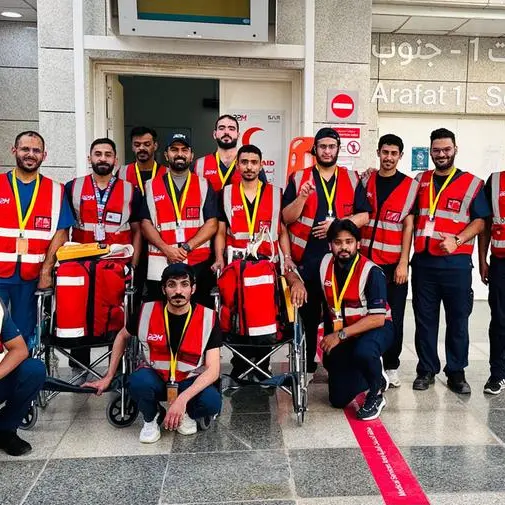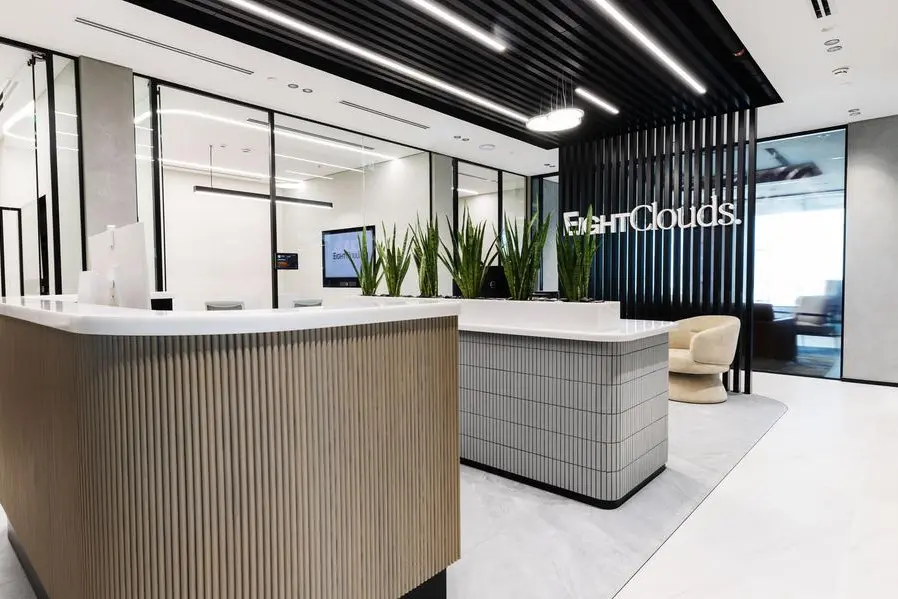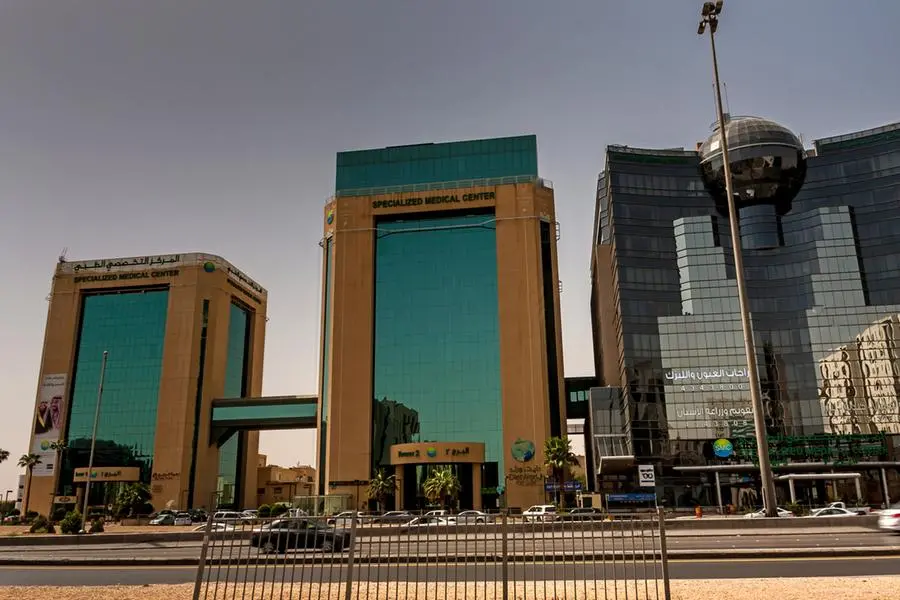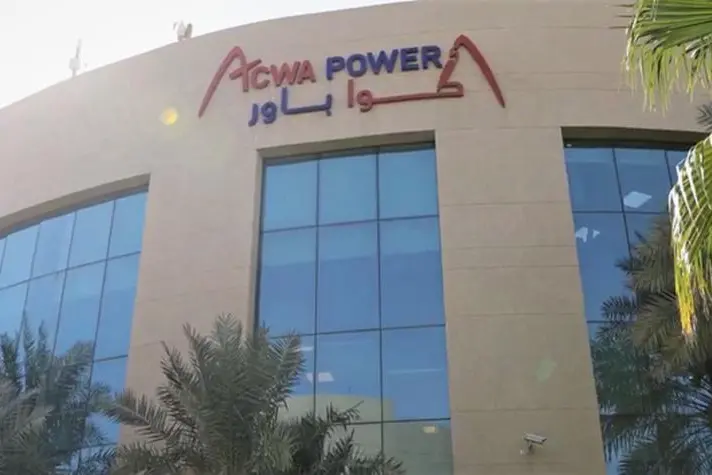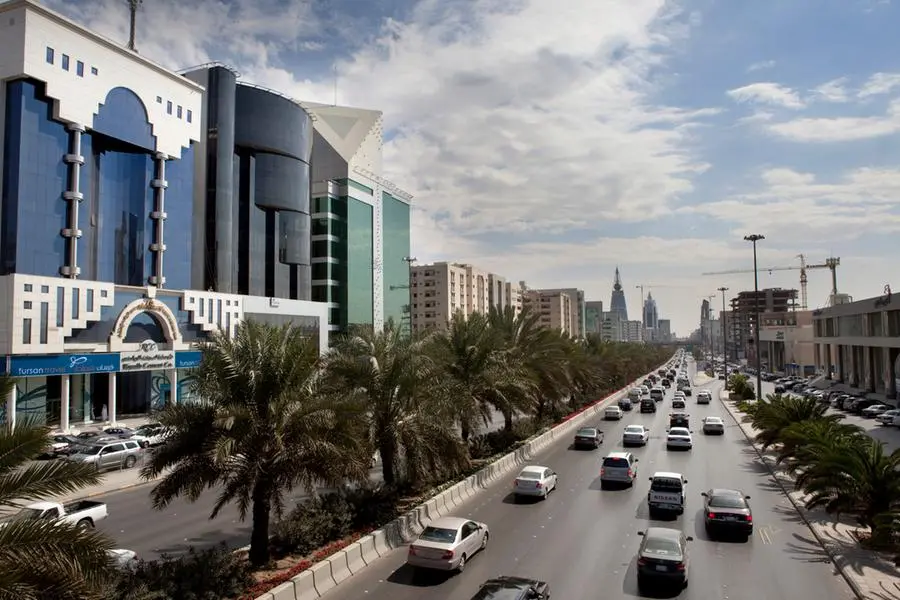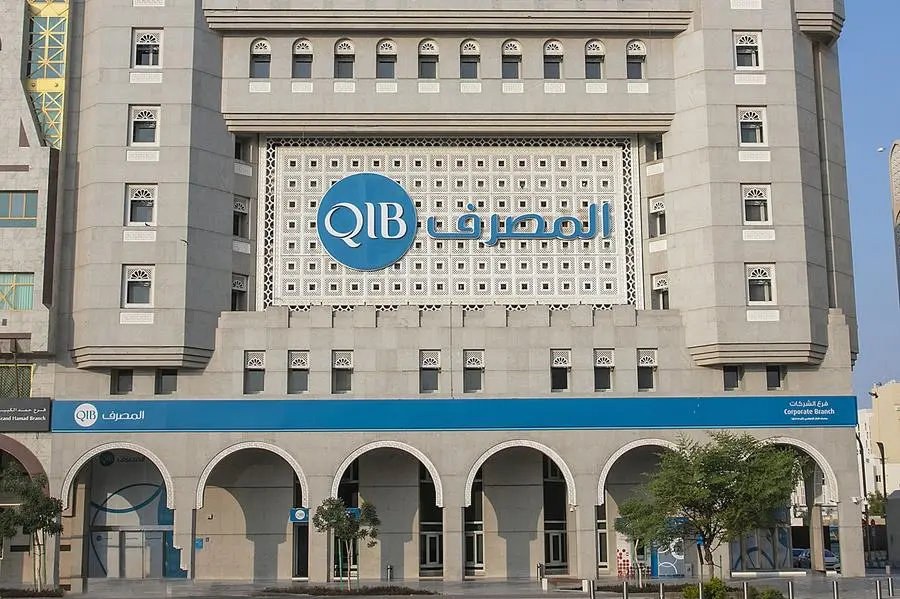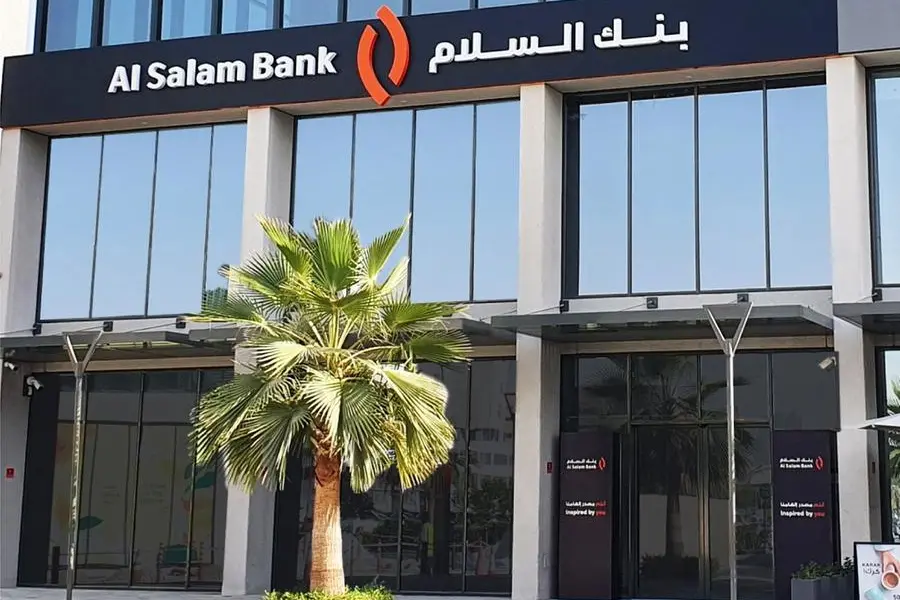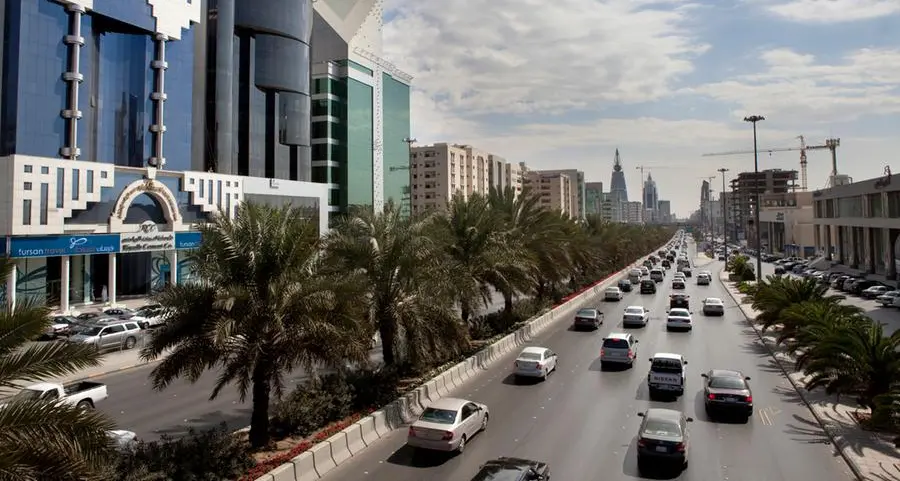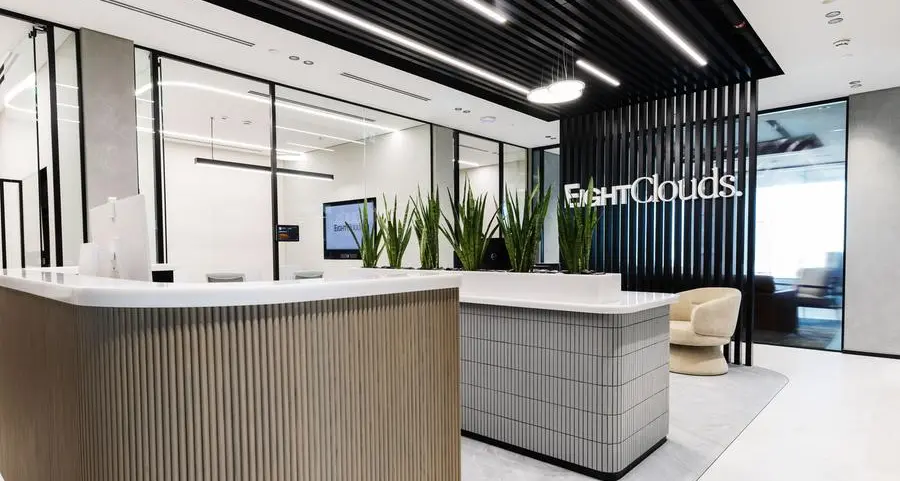PHOTO
Chen Banghua, Vice President of Huawei Enterprise BG, delivered a keynote speech
Middle East: During the 19th Huawei Global Analyst Summit, Huawei held a forum titled "Dive into Industrial Digitalization, Creating New Value Together" to address the challenges of digital transformation faced by different industries, such as mining, electric power, port, and highway. Huawei discussed how to innovate ICT infrastructure and integrate digital technologies with industry scenarios, and work with partners to create value for customers and build a prosperous ecosystem.
Chen Banghua, Vice President of Huawei Enterprise Business Group, delivered a keynote speech, saying, "Huawei has set up integrated teams to dive into industries and seek technologies for industries, provide ICT products that adapt to scenarios, and converge a wide range of technologies to develop product portfolios and solutions to facilitate digital transformation in industries."
Industries have entered a new stage of diving into digitalization, which requires digital infrastructure to be highly secure, reliable, and deterministic with efficient data flow and computing. To further facilitate digital transformation of industries and understand customers' business requirements, Huawei continues to launch new scenario-specific products and solutions through technological innovation.
- Intelligent mining: Huawei innovatively introduces passive optical network technologies to coal mines. At the aggregation layer, passive optical components are used to replace active switches, minimizing the risk of electrical sparks caused by network devices. On the device side, the industry's first intrinsically safe optical device is launched to build an intrinsically safe industrial optical ring network, improving production efficiency, strengthening safe production and improving the working environment for workers.
- High-speed urban rail: Huawei provides a train-to-ground communication solution powered by its highly reliable Wi-Fi 6 series products. An integrated chassis makes this solution easier to install. It provides up to 1.4 Gbit/s bandwidth and 30 ms latency at 160 km/h, enabling real-time service backhaul and ensuring stable operation of urban rail.
- Massive edge computing: Huawei solutions also help enterprises quickly process data in real time to meet ever-increasing computing requirements. Traditional equipment rooms at the edge use all kinds of software and hardware devices from different vendors, such as UPS, air conditioners, and computing, storage, and network devices and application software, resulting in complex installation, configuration, and O&M. To address this, Huawei builds hyper-converged data center solutions by applying its All-in-One design philosophy. FusionModule uses a cabinet to replace the traditional power converter, UPS, power control module, and air conditioning unit. FusionCube uses a hyper-converged, out-of-the-box module to integrate computing, storage, network, and security functions, which works immediately after power-on, achieving cloud-edge synergy.
At the same time, Huawei converges a wide range of technologies to develop innovative product portfolios such as data centers, campus networks, wide area networks, and digital sites to adapt to industry scenarios.
- Multi-service data center: In online banking, stock trading, and other critical data transactions, in the event of failure in the primary system, it is crucial to ensure fast switchover to backup systems without interrupting services. To address this, Huawei launches the Storage + Optical Connection Coordination solution, which enables storage to quickly detect network jitter, and implements fast I/O handover between the primary and backup systems within 1 second and fast switching of network links within 5 ms. This ensures zero failed transactions in financial services and greatly improves service experience.
- Digital sites for smart highways: With industry-leading 5G wireless and millimeter wave technologies, Huawei innovatively develops a next-generation ultra-long-range high-precision radar, which doubles the detection distance to more than 1000 meters and reduces the number of high-speed sensing pole sites by 50%. In addition, Huawei uses its powerful edge computing platform to develop AI-based sensing engine software that forms an innovative intelligent traffic sensing solution of "radar and video fusion". This further simplifies radar deployment, achieving automatic positioning and optimization with up to 95% precision.
At the Analyst Summit, Huawei shared its industry practices for digital transformation, such as the Mine Team, Electric Power Digitalization Team, Customs & Port Team, and Smart Road Team. Huawei collaborated with partners to dive into the industries faster and more efficiently, focusing on industrial scenarios to facilitate customers' digital transformation and achieve win-win results.
-Ends-
About Huawei
Founded in 1987, Huawei is a leading global provider of information and communications technology (ICT) infrastructure and smart devices. We have 195,000 employees and we operate in more than 170 countries and regions, serving more than three billion people around the world.
Our vision and mission is to bring digital to every person, home and organization for a fully connected, intelligent world. To this end, we will work towards ubiquitous connectivity and inclusive network access, laying the foundation for an intelligent world; provide diversified computing power where you need it, when you need it, to bring cloud and intelligence to all four corners of the earth; build digital platforms to help all industries and organizations become more agile, efficient, and dynamic; and redefine user experience with AI, making it smarter and more personalized for people in all aspects of their life, whether they're at home, on the go, in the office, having fun, or working out. For more information, please visit Huawei online at www.huawei.com or follow us on:
http://www.linkedin.com/company/Huawei
http://www.twitter.com/Huawei
http://www.facebook.com/Huawei
http://www.youtube.com/Huawei
